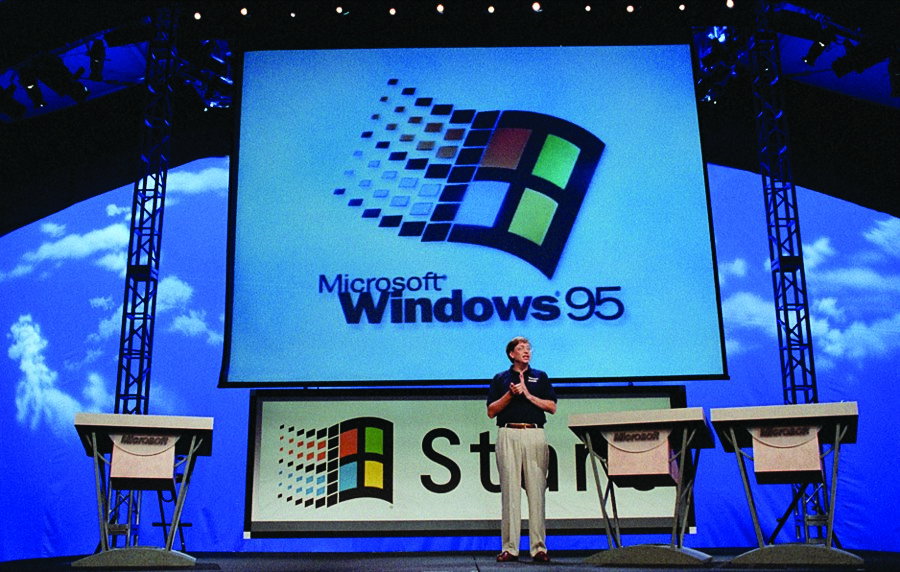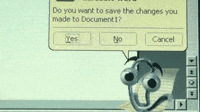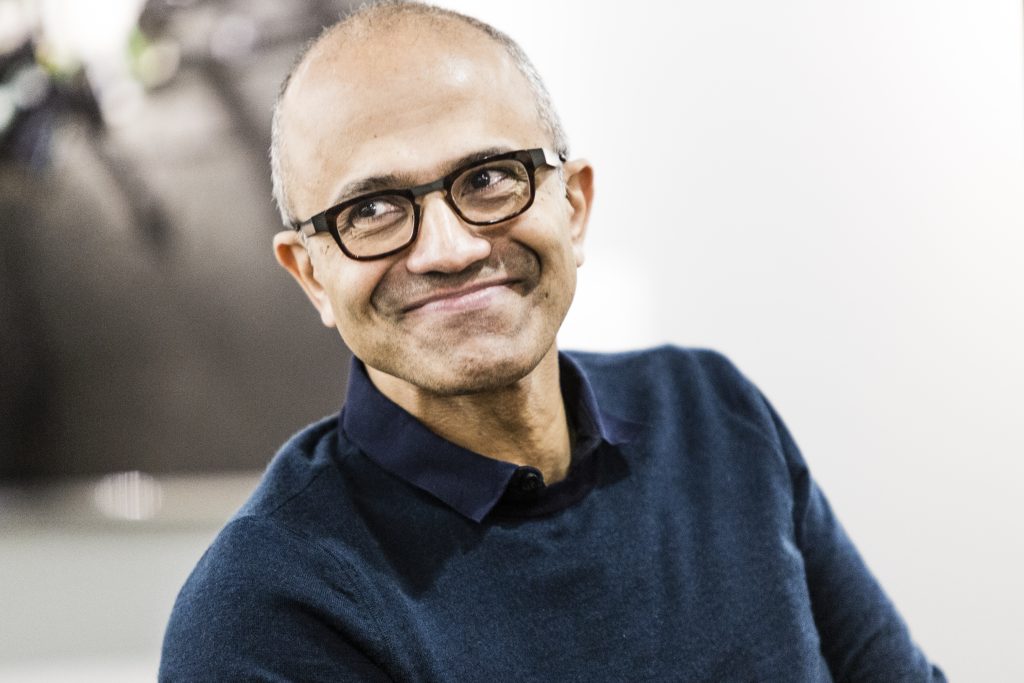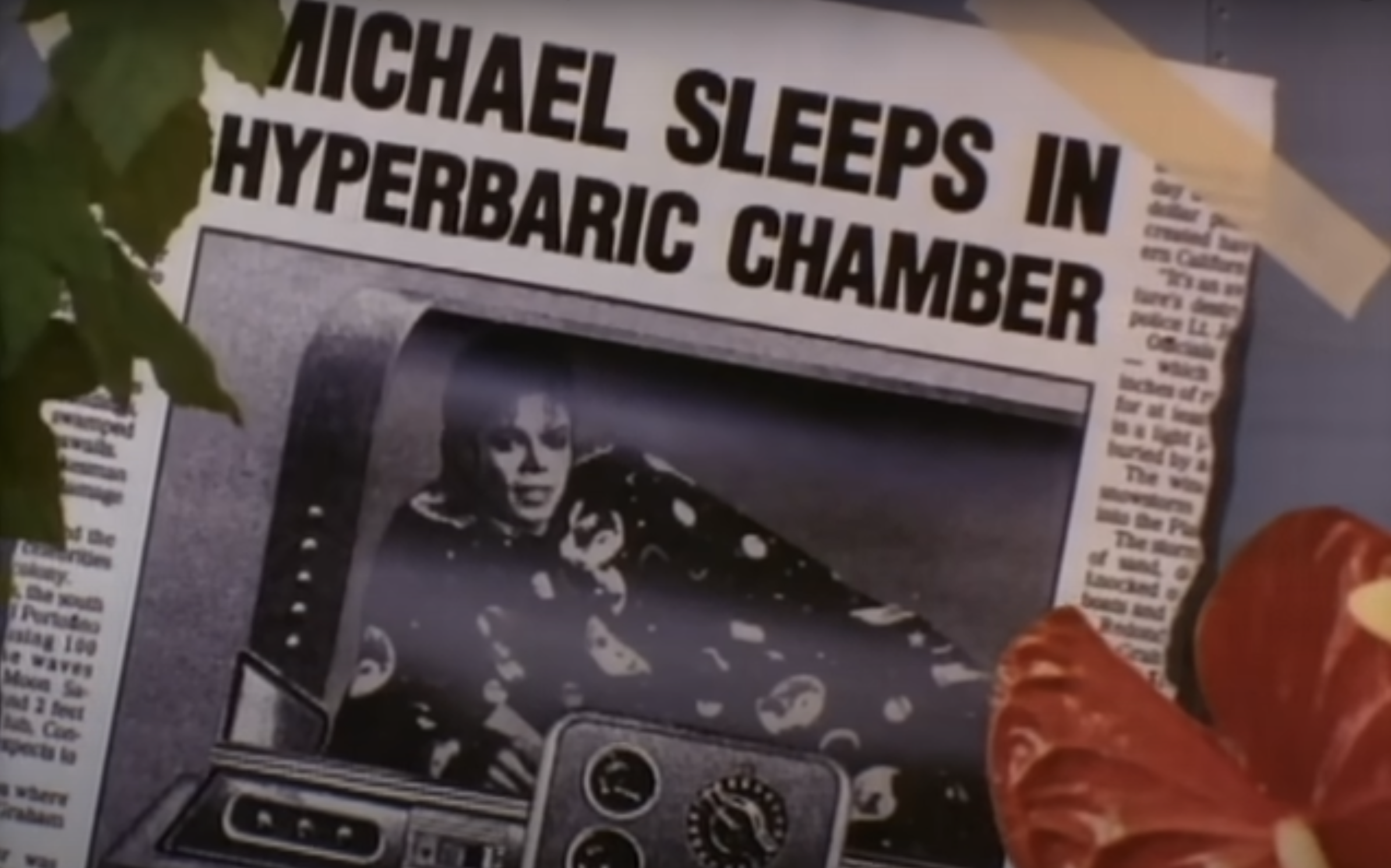Start Me Up! 50 Years of Microsoft and the Greatest Storytelling Moments

Microsoft – a name that has been inextricably linked with technology for half a century. But the company’s success is based not only on its products, but also on its ability to tell new stories over and over again. From its legendary founding in a garage to groundbreaking marketing campaigns and a radical image transformation, Microsoft’s history is full of turning points, mistakes, and clever new beginnings.
How two nerds and a garage became a myth
Every strong brand starts with a good story. In the case of Microsoft, it is the classic story of two friends, an idea and a garage. In 1975, Bill Gates and Paul Allen founded the company in a small garage in Albuquerque with the vision that one day everyone would own their own computer.
The big breakthrough came when the two sold IBM an operating system that they did not yet have. Shortly thereafter, Gates bought an existing system for $50,000, customized it, and licensed it to IBM. This clever move made MS-DOS the standard and Microsoft the technology leader.
This origin story is still an integral part of the brand identity today. It shows how effective a well-told founding myth can be – a strategy that is still used by many startups today.
From the office standard to the eternal rivalry with Apple
With the launch of Windows 95, Microsoft proved that software can be not only functional but also a pop-cultural event. The campaign set new standards with the Rolling Stones hit Start Me Up and blockbuster-style TV ads – a moment that finally catapulted Microsoft into the mainstream.
But with success came competition – most notably from Apple. The rivalry between the two companies shaped the tech world for decades. It became particularly present in the 2000s, when Apple’s I’m a Mac, I’m a PC ad series portrayed Microsoft as an outdated, boring brand. The answer? A multi-million dollar campaign featuring Bill Gates and Jerry Seinfeld – which, however, did not have the desired effect.
Trigger warning: Criiiiinge!
Although Microsoft maintained its position as the market leader in the corporate sector, it struggled with image problems in the consumer sector. Not only did Apple make life difficult for the company, but so did products that did not meet with the level of acceptance the company had hoped for – including Windows Vista and the overambitious Office assistant Clippy.

Clippy, the animated paperclip, was supposed to help users find their way around Office. But with its intrusive pop-ups, it quickly became the most hated feature. In 2007, Clippy disappeared from Office – but survived as a meme. In 2021, the makers of Windows brought it back as an emoji – a humorous move that shows that companies can win people over with self-irony.
From software to digital ecosystem
While Windows and Office made Microsoft great, the company recognized early on that the future lies not only in software, but in platforms and networks. Instead of relying solely on its own developments, the technology group grew through strategic acquisitions.
In 2016, Microsoft bought LinkedIn for $26 billion – an investment that made the company the leading provider of business software and professional networks. In 2023, it followed this up by acquiring Activision Blizzard for almost $69 billion – a clear sign that Microsoft considers gaming to be a key industry. This acquisition secured the Xbox forge a leading position in the world of gaming.
These developments show how the industry leader is constantly reinventing itself. While Apple focuses on consumer products and Google dominates the search engine world, Microsoft has positioned itself as a provider of a digital ecosystem – from cloud services to business software and gaming.
From monopolist to likeable brand
Not all of Microsoft’s stories have been crowned with success. In 1998, a legendary mishap made headlines: During a presentation of Windows 98 with Bill Gates, the system crashed on the stage – in front of rolling cameras. A moment that showed the vulnerability of Microsoft. The US government’s antitrust suit, which came just a few years later, was less amusing and brought the company, as an all-powerful monopolist, to its knees.
It was the culmination of an aggressive business model that prioritized market dominance over collaboration. But in 2014, a new CEO, Satya Nadella, came along – and with him, a radical change. Suddenly, the software giant no longer relied on confrontation with competitors, but on partnership and openness. Office was made available for iPads, Microsoft Teams was able to compete with Slack without blocking it, and cloud services took center stage.

Most importantly, however, was the new tone in communication. Nadella introduced a more human perspective and talked not only about products but also about the people who use them. One example of this is Microsoft Story Labs, a platform of stories about developers, companies and initiatives that are creating something new with Microsoft technologies.
The tech giant’s transformation is an impressive example of how companies with a strong history can reposition themselves. It’s not enough to establish a successful narrative just once – brands must continuously adapt to changing values and expectations.
What we can learn from 50 years of Microsoft
The history of the Redmond-based company is the best proof that a company not only survives through innovation, but also through the stories it tells. From rebellious start-up to dominant software giant to open, empathetic brand, Microsoft has reinvented itself time and again.
It’s not just the products that define a brand – it’s the way it tells itself. Microsoft understands that good storytelling is not just important for PR, but must be part of the corporate DNA.
Share this article
Related articles

8 April 2025





